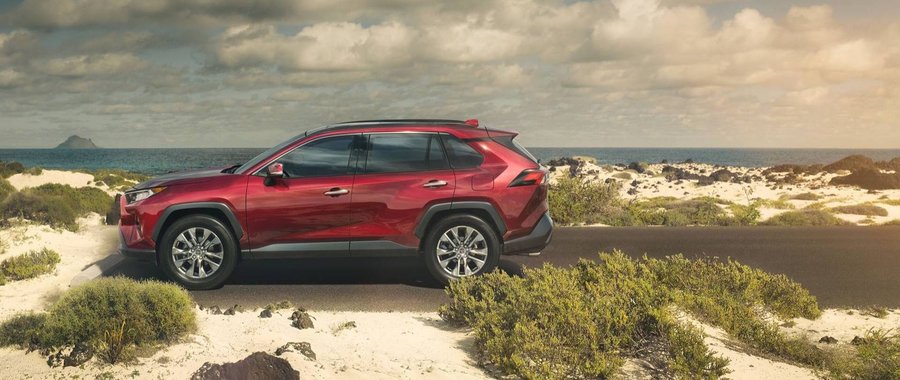Toyota Admits It Had A “Rather Bland Design” Language In The Past

If you think Toyota vehicles have been safe, boring, or vanilla since time immemorial, well, don't worry, the company think so too. But luckily, it's now headed towards a new direction, thanks largely to the Toyota New Global Architecture platform and a whole new approach in designing cars.
Speaking to GoAuto about design process, California-based Calty Design Research studio president Kevin Hunter admitted that Toyota had a "rather bland design" in the past. Calty Design Research spearheads the reform in Toyota's design. In fact, it's one of those responsible for the ground-breaking designs of the C-HR, the pre-Supra FT-1 concept, and sultry Lexus LC luxury sports coupe.
He also disclosed that the design process before would start with an engineering package, which would be the basis of the design. This entailed problems as you know, design and engineering don't easily go hand-in-hand when creating a car.
Hunter admitted that there were two key points as to why Toyota had been making boring cars in the past. First was that the marque wanted to please everybody, which resulted for the cars to end in the middle design-wise – nothing really extraordinary.
The other reason Hunter pointed out was the large consensus-driven organization that Toyota has. With a lot of thoughts and opinions coming from different people, they had to compromise, which again led them to be in the middle.
Fortunately, with a new directive straight from Toyota Motors Corporation president Akio Toyoda himself, the designers now have a greater position in the vehicle design process. The mandate? No more boring and safe designs.
This wouldn't be possible, however, without the TNGA platform. As Hunter puts it, the designers need the cars to have good proportions in order for them to be able to achieve a good design. The TNGA platform allowed that to happen with its lower center of gravity, more rigid frame, new suspension, and greater use of high-strength steel.
"TNGA also liberates vehicle design, enabling rooflines and bonnets to be lower and resulting in each model being visually distinctive with more appealing proportions," he added.
TNGA underpins current Toyota cars that are visually appealing, such as the C-HR, Camry, Prius Hybrid, Lexus UX, Lexus LS, and the next-generation RAV4. With the way these vehicles look, Toyota is headed towards the right direction. Agree?
Nouvelles connexes


